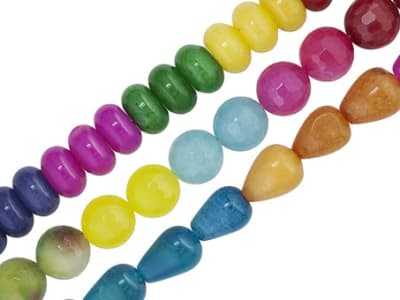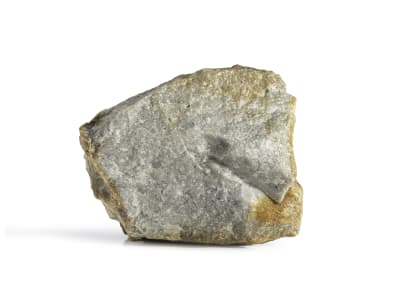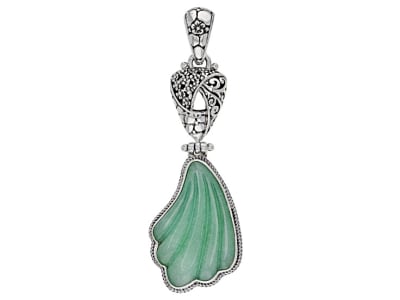Quartzite is a compact, coarse-grained, silica-rich metamorphic rock used for ornamental purposes. It can be dyed to imitate other materials. The best-known variety of quartzite is aventurine quartz. Aventurine quartz is quartzite with mica platelet inclusions. Red quartzite gets its color from iron oxide mineral inclusions.
General Information
Tolerance:very constant
LWUV: Inert
Quartzite Colors
-
 Black
Black -
 Blue
Blue -
 Brown
Brown -
 Gray
Gray -
 Green
Green -
 Multi-color
Multi-color -
 Orange
Orange -
 Pink
Pink -
 Purple
Purple -
 Red
Red -
 White
White -
 Yellow
Yellow
Quartzite Spectra
We acknowledge the significant scientific contributions of John S Harris, FGA to the study of gemstone spectra and with deep appreciation to him, acknowledges the use of his images and related notes about gemstones and their spectra in the educational materials on this website.
Countries of Origin
Canada; Colombia; Argentina; Unknown; China; Brazil; Mexico; Peru; India
Care
Normal care for untreated stones. Avoid harsh chemicals, ultrasonic cleaners, and steaming for dyed and impregnated stones.



